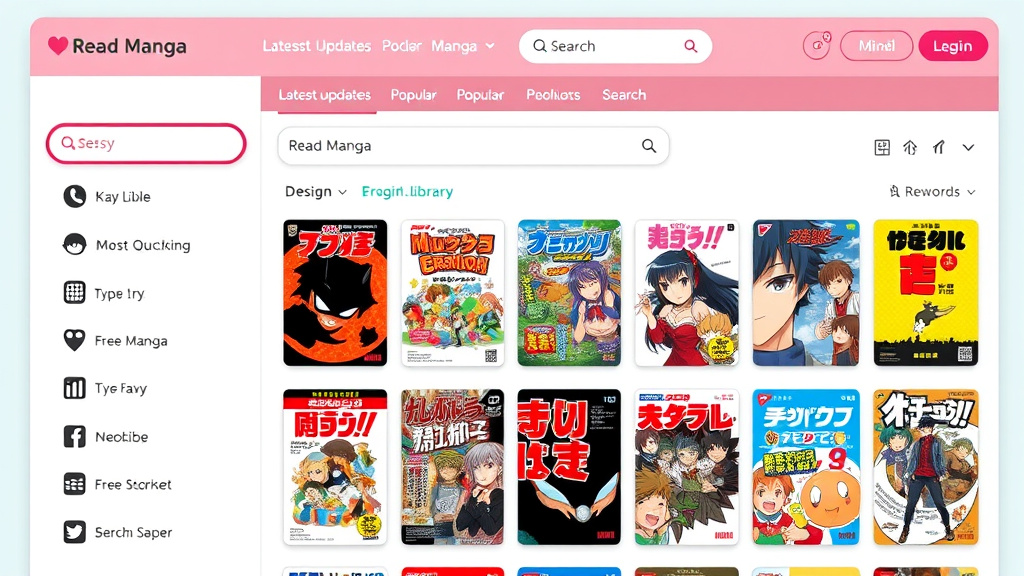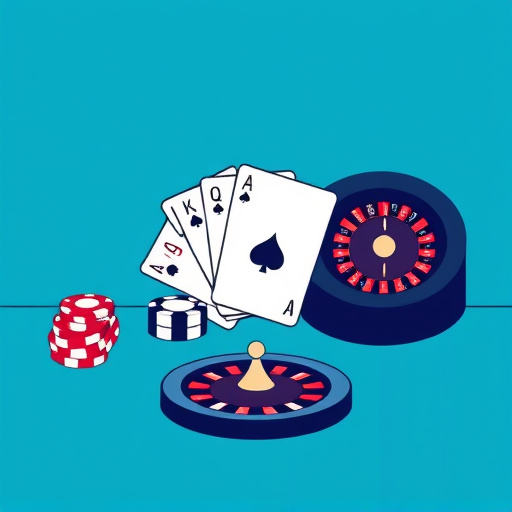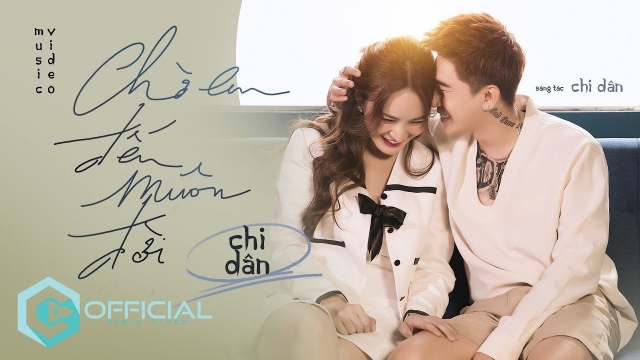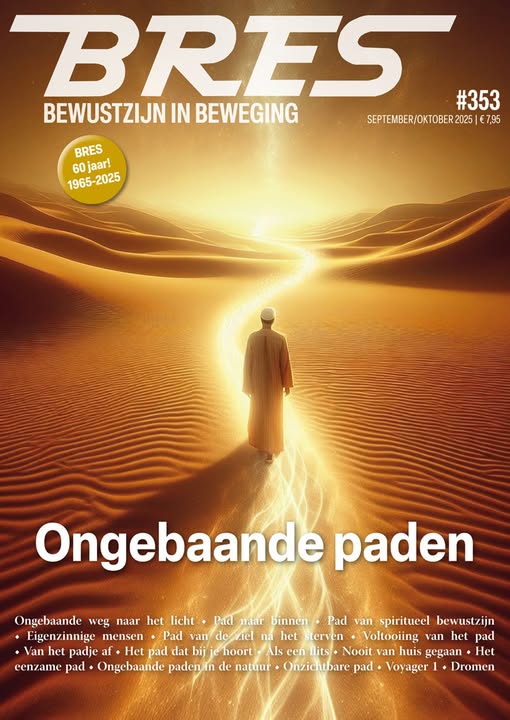In recent years, the phrase "read love for sale" has become an evocative metaphor for a controversial phenomenon blurring the lines between art, commerce, and morality. This expression encapsulates how love stories, a quintessential genre in literature, are increasingly commodified—sold not just as books but as branded experiences, influencer content, or even cultural phenomena. As readers, publishers, and authors navigate this landscape, understanding the implications behind "read love for sale" provides deep insights into the evolving nature of modern storytelling, economic strategies, and societal values.
The Allure of 'Read Love for Sale': Exploring the Ethics and Economics
The concept of "read love for sale" embodies the seduction of romance narratives intertwined with commercial interests. On one hand, romance novels thrive financially—driving billion-dollar markets globally—because they fulfill a fundamental human desire for connection and escapism. However, the commercialization raises ethical questions: are these stories authentic expressions of love, or are they produced mainly for profit? This tension between genuine emotional storytelling and profit-driven motives fuels heated debates among readers, authors, and critics alike. As economic incentives grow, there’s an increasing concern that quality, depth, and diversity might suffer at the altar of mass appeal.
From an economic perspective, "read love for sale" signifies a lucrative industry that capitalizes on societal ideals of romance, intimacy, and fantasy. Publishers use marketing tactics that tap into current trends and cultural anxieties, ensuring a steady flow of titles that promise emotional fulfillment—often packaged with eye-catching covers and social media campaigns. This commodification expands the readership base, yet it also prompts critical questions about whether these stories reinforce stereotypes or promote healthy relationships. The allure of selling love stories as commodities highlights both the industry’s ingenuity and its potential pitfalls—turning raw human emotion into a profitable enterprise.
 Hình minh họa: read love for sale – manga love story
Hình minh họa: read love for sale – manga love storyNavigating the Landscape of 'Read Love for Sale': A Consumer's Guide
For the modern reader entering the expansive universe of "read love for sale," navigation can seem daunting. The genre spans from traditional romance novels to serialized online stories, fan fiction, and celebrity memoirs. Understanding the landscape involves evaluating sources, discerning authentic passion from commercial gimmicks, and recognizing the diversity beneath the collective label. Consumers must be vigilant about the motives behind the stories they consume—are they genuinely exploring human connection, or are they merely products of marketing machine-driven franchises?
Moreover, discerning quality amidst the vast sea of offerings requires attention to author credentials, publisher reputation, and reader reviews. Many authors now blend personal storytelling with market trends, creating hybrid narratives that aim to stir genuine emotional responses while also maximizing sales. As audiences become more aware of how "read love for sale" operates, they can better appreciate stories that challenge stereotypes, promote emotional intelligence, and provide meaningful escapism—ultimately making their engagement with the genre more enriching rather than superficial.

'Read Love for Sale': A Deep Dive into the Authors and Publishers Involved
The authors and publishers responsible for "read love for sale" constitute a diversified ecosystem driven by both passion and profit. Traditional publishing houses maintain a roster of established authors who have mastered the art of blending genuine emotion with commercial appeal. Meanwhile, indie writers often leverage digital platforms to reach niche audiences, experimenting with unconventional narratives. Many authors perceive their work as a labor of love, yet the economic reality necessitates marketing strategies that sometimes compromise artistic integrity.
Publishers play a crucial role, shaping the types of stories that reach consumers and often relying on data analytics and readership trends to produce market-ready titles. The rising prominence of self-publishing and online platforms democratizes the landscape, giving voice to marginalized perspectives but also challenging traditional gatekeeping. In this intricate world, the boundary between authentic storytelling and commercial motivation can blur—raising the question of whether "read love for sale" enriches cultural conversations or reduces love stories to profitable commodities devoid of depth and diversity.
The Psychological Impact of 'Read Love for Sale': Escapism or Exploitation?
Engaging with "read love for sale" can evoke complex psychological responses. On one hand, love stories serve as a powerful form of escapism—a respite from daily stresses, offering hope and emotional catharsis. They allow readers to explore fantasies of romance and intimacy vicariously, providing solace and entertainment amid life's turmoil. However, the commercialization surrounding these stories raises concerns about exploitation—particularly of vulnerable readers seeking connection or reassurance. Some narratives perpetuate unhealthy stereotypes or unrealistic expectations, subtly influencing perceptions of love and relationships.
Psychologically, the impact hinges on individual reader awareness and critical engagement. While some may find solace in these stories, others could develop distorted views about romance, intimacy, and self-worth. The commodification of love risks trivializing profound emotional experiences, turning them into commercialized commodities that prioritize profits over authentic human connection. Recognizing this duality helps readers navigate their relationship with "read love for sale" thoughtfully, appreciating storytelling’s therapeutic potential without succumbing to manipulative narratives.
From Page to Profit: The Business Behind 'Read Love for Sale'
Behind every "read love for sale" narrative lies a complex business machinery driven by market analytics, targeted advertising, and consumer trends. Publishing companies invest heavily in market research to identify what consumers desire—be it BDSM romance, LGBTQ+ love stories, or multicultural narratives—and tailor their offerings accordingly. This data-driven approach fosters a competitive environment where stories are crafted not solely from creative inspiration but from strategic insights into audience preferences.
The digital age has exponentially expanded the avenues for "read love for sale," with e-books, serial apps, and social media platforms enabling authors and publishers to reach global audiences instantaneously. The business model pivots on the promise of quick profits through high-volume sales, often leading to formulaic plots and stereotypical characters designed to maximize emotional engagement. This profit-centric approach raises questions about artistic integrity, diversity of voices, and the depth of stories—highlighting how the romance industry’s commercial imperatives shape what readers consume.
Unpacking the Controversies Surrounding 'Read Love for Sale' Practices
Several controversies swirl around "read love for sale," centering on authenticity, exploitation, and cultural sensitivity. Critics argue that some stories prioritize formulaic tropes at the expense of authentic representation, perpetuating stereotypes related to race, gender, and class. There’s also concern about the exploitation of writers—especially those from marginalized backgrounds—who may feel pressured to conform to dominant market trends to achieve success.
Additionally, the commercialization of love stories has sparked debates over whether these narratives reinforce unhealthy relationship dynamics, such as obsession or coercion. Some activist groups criticize the industry for commodifying intimacy and emotional vulnerability, turning love into a marketable commodity. These controversies emphasize the need for greater transparency, diversity, and ethical considerations in "read love for sale"-related content, advocating for stories that promote genuine connection rather than superficial consumption.
'Read Love for Sale' and the Future of Literature: A Shifting Paradigm
Looking forward, "read love for sale" signals an evolving paradigm in literature—where storytelling, commerce, and cultural production are increasingly intertwined. The digital revolution has democratized content creation, allowing a broader range of voices to participate in romance narratives. As a result, we may see a diversification of themes, genres, and cultural perspectives, driven by consumer demand for authenticity and representation.
However, this shift also raises questions about quality control, artistic integrity, and commercialization. Will the industry prioritize profits at the expense of storytelling depth? Or will the increasing consumer awareness foster more ethical and innovative approaches? The future of "read love for sale" rests on balancing commercial viability with artistic vision, ensuring that love stories remain meaningful and transformative rather than mere commodities.
Beyond the Romance: Exploring the Diverse Genres within 'Read Love for Sale'
While romance dominates "read love for sale," the genre is remarkably diverse. Sub-genres like historical romance, paranormal love, LGBTQ+ stories, and erotica expand the boundaries of traditional narratives, catering to a wide range of reader interests. This diversity challenges the misconception that "read love for sale" is monolithic or superficial; instead, it showcases a vibrant ecosystem of storytelling styles, cultural influences, and emotional themes.
Furthermore, cross-genre innovations, such as romantic thrillers or sci-fi love stories, reflect how the industry adapts to contemporary tastes. These variations illustrate that love—whether platonic, romantic, or unconventional—remains a dynamic subject capable of inspiring compelling narratives across formats. Recognizing this diversity highlights that "read love for sale" is not just about consumerism but also about celebrating the rich tapestry of human connection expressed through literature.
The Creative Process in 'Read Love for Sale': Crafting Compelling Narratives
The process of creating stories within "read love for sale" involves balancing creative passion with commercial strategy. writers often craft characters, plots, and settings designed to evoke strong emotional responses while aligning with market trends. Some authors eschew stereotypes and clichés, focusing instead on authentic portrayals of love that challenge societal norms and reflect a broad spectrum of human experiences.
The industry’s emphasis on rapid publication cycles incentivizes streamlined storytelling, sometimes at the expense of depth or nuance. Yet, many writers employ innovative narrative techniques—such as alternating perspectives or integrating multimedia elements—to craft compelling stories that resonate. The creative process here is not just about romantic escapism but also about pushing boundaries, fostering empathy, and capturing the complexities of love—making "read love for sale" a vibrant field of artistic experimentation alongside commercial enterprise.
Is 'Read Love for Sale' Empowering or Degrading? Examining the Female Gaze
The portrayal of love stories through "read love for sale" raises critical questions about empowerment and degradation, especially regarding the female gaze. Some narratives empower women by showcasing agency, diversity, and nuanced emotional experiences, challenging stereotypical portrayals of passive recipients of male affection. Such stories foster a sense of ownership over female identities and romantic narratives, contributing positively to societal perceptions of gender roles.
Conversely, certain mass-market romances perpetuate toxic stereotypes, objectifying women or emphasizing unrealistic standards of beauty and behavior. These stories may reinforce traditional power imbalances or normalize harmful dynamics. The debate over whether "read love for sale" empowers or degrades hinges on the representation of female characters and the underlying messages they convey about love, sexuality, and independence. Advocates argue for stories that embrace female agency and authenticity, ensuring this genre remains a space for genuine empowerment rather than exploitation.
Conclusion
In exploring "read love for sale," we uncover a multifaceted landscape where storytelling, commerce, ethics, and societal values intersect. The industry thriving on emotional engagement and profit reflects both the enduring power of love narratives and the complexities of commodification. While it offers vast diversity—from various genres to innovative narratives—challenges remain regarding authenticity, representation, and ethical practices. Recognizing the dynamic interplay between creators and consumers allows for a more mindful engagement with this genre, encouraging stories that inspire, empower, and reflect authentic human experiences rather than superficial consumption. As "read love for sale" continues to evolve, balancing artistic integrity with commercial success will be key to ensuring that love stories remain meaningful, inclusive, and transformative in the digital age.





